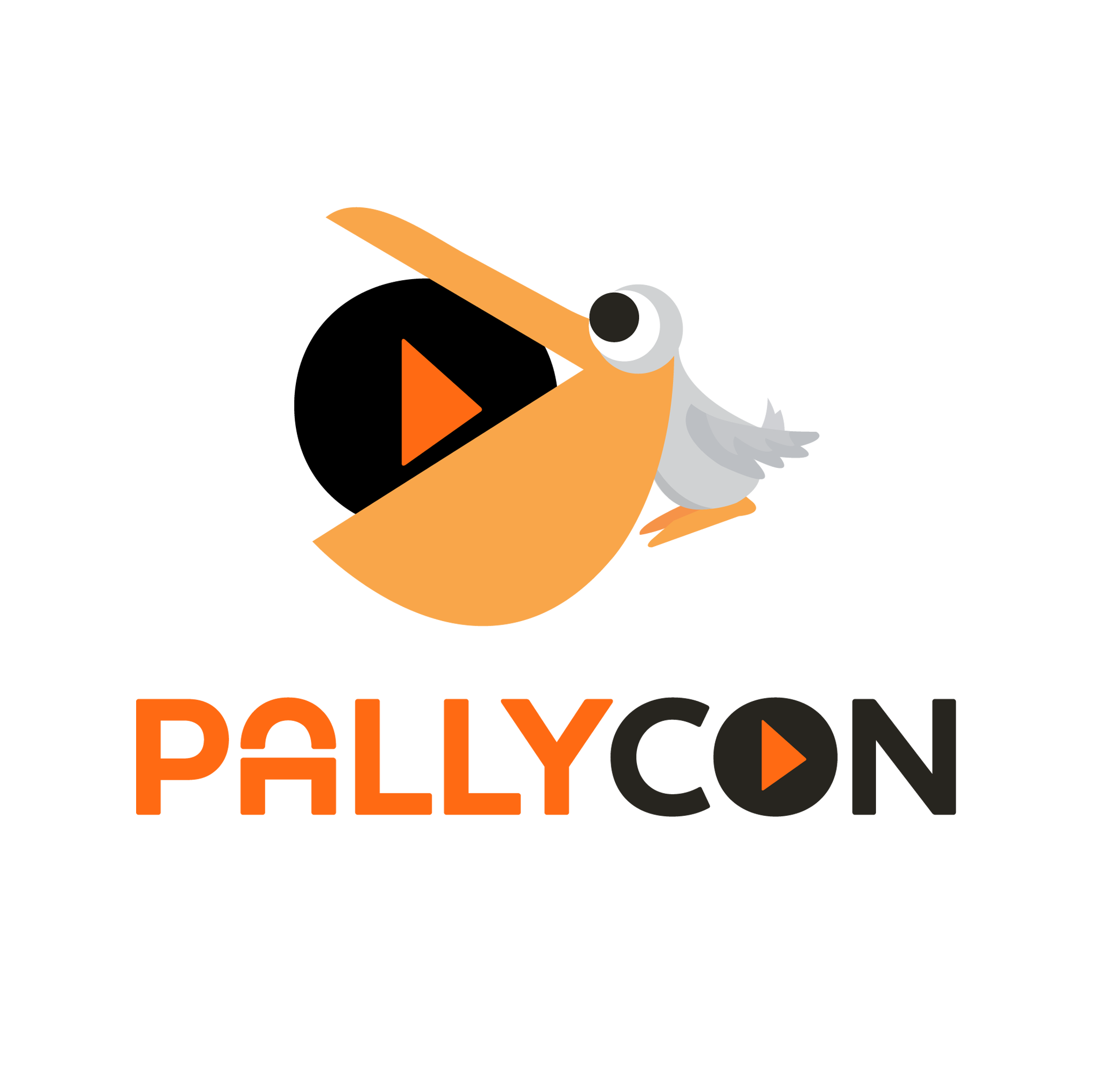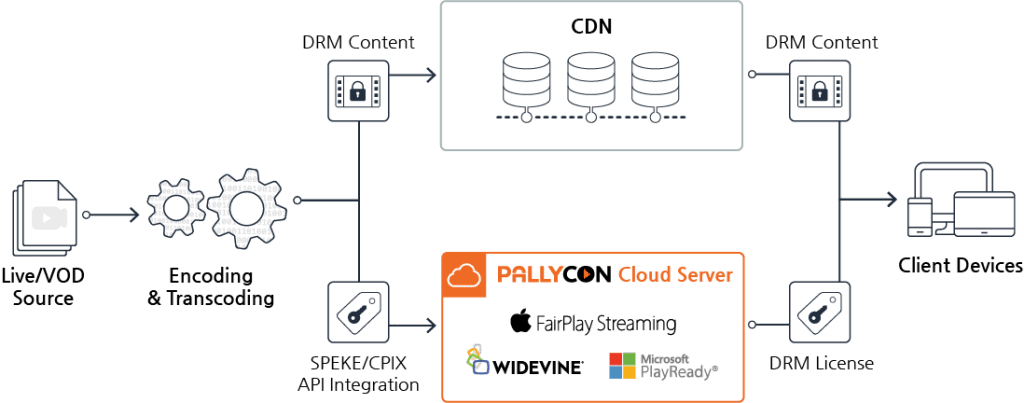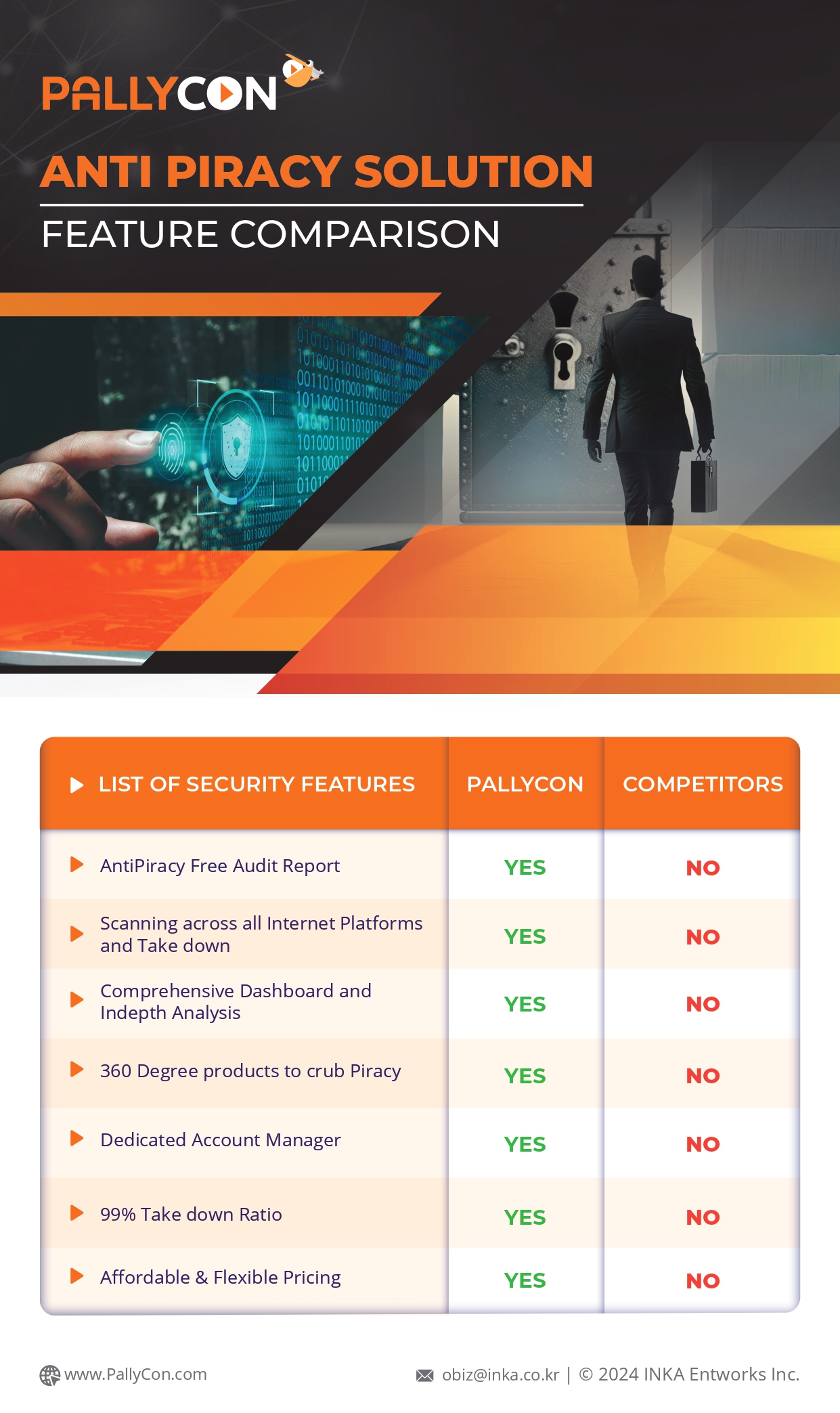
A Great Multi-DRM Service Solves Security and Device Compatibility Issues of Streaming Video Content
We live in a world revolving around digital technology. In this screen-driven era, digital content needs to be secured from illegal dissemination of copyrighted works, since major production houses all over the world invest millions of dollars in important projects. Even if a small portion of their revenue leaks due to illegal reproduction of their works, the loss becomes huge. Parks Associates, a market research and consulting firm, has estimated that in the US alone, piracy and account sharing on OTT platforms would lead to a revenue leakage of up to USD 9.1 billion in 2019, which will increase to around USD 12.5 billion by 2024. (“Piracy to cost $9.1bn in US OTT revenue in 2019”: https://www.ibc.org/consume/piracy-to-cost-91bn-in-us-ott-revenue-in-2019/4121.article.)
This is where digital rights management (DRM) technology for premium video entertainment becomes important. DRM not only protects the copyrights of digital media, but also ensures that the publishers of the media receive apt revenue for their content. Its purpose is to prevent unauthorized propagation of digital media and restrict the ways end users copy or view the content they have purchased or licensed.
Origin: From DOS to Cloud
DRM is not a new technology. It has been in use since the 1980s, when DOS-based games used it. One of the oldest DRM protection methods was used for computer and Nintendo Entertainment System games. Since that was the era of offline content, games, and videos, the company developers used a rudimentary method of verifying user credentials. They would prompt the user to access a booklet that was shipped with the original game and installed on the user computer. If the user could not access the booklet, the game would not proceed.
One of the early examples of application of DRM and encryption on commercial videos was content scramble system (CSS) developed by the industry consortium DVD Forum. CSS used 40-bit stream cipher method to encrypt video content on a DVD, which could be played only on authorized DVD drives and had region-specific restrictions on it. However, this technology was restricted to the protection of offline medium and anyway was hacked with time.
Today, when all content delivery has slowly moved to the cloud, DRM technology is widely being used by the entertainment and knowledge industries, such as ebook publishers, satellite service operators, music app developers, etc. Over-the-top (OTT) platforms, such as Netflix, Hulu, and Amazon Prime, utilize DRM schemes from industry leaders, such as PlayReady, Widevine, and FairPlay, created respectively by Windows, Google, and Apple. So, whether it is to protect premium content or control access to any proprietary or confidential videos, DRM technology helps manage and safeguard the content from a single source across desktops, smartphones, tablets, smart TVs, ebook readers, gaming consoles, and even casting sticks.
How it Works
In the OTT industry, DRM software incorporates encrypting video content so it can be read only with the help of a content decryption module (CDM) supplied by the DRM platform chosen by the content producer or the OTT platform. This enables content publishers to enforce their own access policies on the encrypted content, like restrictions on copying or viewing or number of simultaneous streams allowed. Therefore, the demand for DRM-driven OTT content provision is on the rise. To cater to this demand for premium content, it is indispensable to equip content on OTT platforms with a robust, dynamic, and scalable cloud infrastructure, which runs a wide-ranging, flexible, and device- and OS-agnostic video DRM solution.
Hollywood studios and other major content producers usually keep their content on a cloud with options for pushing it to multiple content delivery networks (CDNs) in the geographical markets that they want to target. It allows them to exploit the flexibility and speed of CDN services, like Amazon’s AWS or Microsoft’s Azure, which usually have zero downtime and can handle sudden spurts in demand.
But, before the videos are sent to CDNs, the producer encodes them into adaptive streaming formats, like Dynamic Adaptive Streaming (DASH) or/and HTTP Live Streaming (HLS), using one of the many DRM technologies available in the market. This is because, to reach Apple devices in the client browser, HLS is required, and DASH is needed for most other devices. The DRM supported with HLS is Apple’s FairPlay, whereas DASH supports a range of third-party DRM solutions, like Widevine and PlayReady using JavaScript APIs, Media Source Extensions (MSE) and Encrypted Media Extensions (EMEs). With the introduction of EMEs, client browsers became free of the need to have bulky media plugins like Adobe Flash and Microsoft Silverlight – which needed to be installed separately on many client machines, thus making the process of playing protected videos cumbersome.
The encoding involves generating a license key for each video asset on the DRM server, which is done using a packager (for example the PallyCon packager) installed on the content producer’s computer/server. The producer company then pushes the encoded content to local CDNs, which are ready to be played by client browsers or native players of mobile devices. As soon as the user’s player sends a request for video playback, the DRM server authenticates the user with the license key of the video asset, approves the request accordingly, and allows the video player to decrypt the video file using the CDM.
Streaming Online Content
Video content is streamed on the user’s device through native media players or browsers. While media players use the native options of devices, it is technically possible to add an external DRM technology in a device. For example, Microsoft’s PlayReady is native to Windows devices, but its SDK can be used to stream PlayReady-encoded content on Android devices too, thus ignoring the Android native Widevine DRM technology.
Most modern browsers use HTML5 web standards to stream online content and are equipped to deal with DRM-protected video content by using EMEs. Upon successful authentication of a user by a key management system, the CDN allows content to be decrypted using the CDM offered by the DRM technology used to encrypt the video asset and streams the authorized content to the user’s device. Modern DRM workflows possess the capability to stream content from multiple content-packaging sources.
What is Multi-DRM
A multi-DRM solution encompasses license management features for multiple DRMs, such as PlayReady, Widevine, and FairPlay, to support major web browsers and mobile operating systems. Within consumer web browsers and using EMEs, DASH supports DRM technologies through common encryption, which enables multiple DRMs to be built into a single DASH package.
This is required because of the fragmented support enabled by EME-compatible browsers and devices. For example, Google supports its own Widevine DRM in Chrome browser, Android, Android TV, and all Android OTT devices and smart TVs, while Microsoft supports PlayReady in Edge, Internet Explorer, Windows mobile devices, Xbox, and other Microsoft platforms. Apple supports its own FairPlay DRM in Safari, iOS, QuickTime, Apple Music, and Apple TV platforms. If the target users are mobile viewers via an app, there is more flexibility and PlayReady and/or Widevine via DASH can be used on iOS devices. For playback in Safari and AppleTV, HLS with FairPlay is the only option.
PallyCon as a Multi-DRM Service Provider
PallyCon offers multi-DRM service to content producers and OTT players in the form of SaaS, which is built on AWS and comes pre-integrated with AWS Elemental Media Services through its SPEKE API, which defines the standard for communication between encryptors and packagers of media assets (PallyCon) and DRM key providers (Widevine, PlayReady, and FairPlay). PallyCon’s multi-DRM service also comes pre-integrated with a forensic watermarking service. It offers a comprehensive solution to content producers by supporting various customer environments using callback-gateway methods or DRM license issuing using tokens. While it allows management of keys from major players, it can also incorporate the customer’s own keys through an external key input method.
How PallyCon’s Multi-DRM Works
Among its many advantages is that PallyCon’s multi-DRM service supports both streaming of video content as well as the option to playback in an offline environment. The client can set either download-to-rent or download-to-own options in the licensing condition and charge their end users accordingly.
The compatibility of the multi-DRM service with major browsers, operating systems, mobile devices, smart TVs, and OTT devices makes it an unmatched service. Protecting digital content from piracy and any other forms of unauthorized use requires the robust security provided by this technology. In conclusion, one can say that a multi-DRM service helps build a uniform and desirable user experience aligned with security capabilities that work across multiple viewing platforms while also ensuring that digital content publishers receive suitable revenue for their content.

PallyCon provides cloud-based SaaS multi-DRM solution and Forensic Watermarking service. Cloud services built on AWS enables you to use services in the cloud. Get started contents protection quickly and easily with PallyCon.

